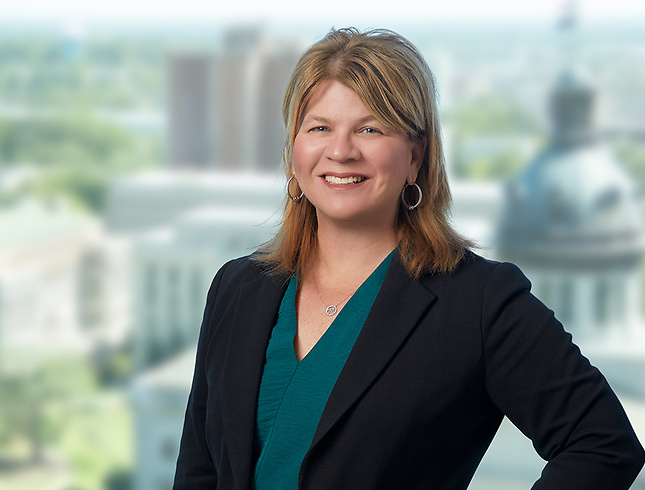With April 1, 2019 and the H-1B cap deadline quickly approaching, employers seeking to use H-1B workers in third-party worksite arrangements will likely continue to see increased scrutiny from USCIS. Third-party worksite scenarios often arise where the company that petitions for an H-1B beneficiary places the beneficiary at a client’s place of business to complete projects for the client or as part of a joint project between both entities. In 2018, USCIS released a policy memorandum specifically aimed at reeling in employers who were stretching the limits on the H-1B third-party worksite placement rules. The memorandum was part of the current administration’s focus on protecting American workers through enforcement of the immigration system.
As part of the increased oversight, employers will need to demonstrate H-1B employees have qualifying assignments for their entire period of H-1B employment when filing their H-1B petitions. USCIS has indicated it may require petitions to include signed contracts with end-clients and other companies involved in the H-1B employee’s assignment as well as documents signed by the end-client confirming the specialized duties the H-1B employee will perform. USCIS may also require the end-client to provide documentation of the duration of the project to be completed to avoid benching (not paying workers the required wage while they wait for projects or work).
USCIS has required itineraries for petitioners seeking to place H-1B workers at third-party worksites in the past, but the new memorandum suggests that itineraries include additional information. While the regulations only require the dates and locations of services to be performed, USCIS suggests including the following corroborating evidence:
- The dates of each service or engagement;
- The names and addresses of the ultimate employer; and
- The names, addresses (including floor, suite, and office) and telephone numbers of the locations where services will be performed for the period of employment requested.
One of the potential major impacts on H-1B cases is the limiting of approval periods. H-1B petitions can generally be requested for a maximum of three (3) years. However, the memorandum makes clear that USCIS may limit an approval period to the period USCIS can confirm (1) the beneficiary will be placed in non-speculative work and (2) the petitioner will maintain the requisite employer-employee relationship.
In order to avoid approval period limitations and successfully navigate the H-1B landscape, employers should work closely with immigration counsel. Burr & Forman, LLP’s immigration team has extensive experience with H-1B visas, as well as various other complex business immigration strategies.
- Partner
Melissa Azallion Kenny is the Chair of the firm’s Immigration practice group. She has more than 20 years of experience advising clients on business immigration and labor and employment law issues. Ms. Kenny represents clients in ...
- Partner
Jon Eggert has experience assisting and advising clients on business immigration and labor and employment issues in a wide range of industries, including higher education, healthcare, hospitality, and manufacturing.
His ...


